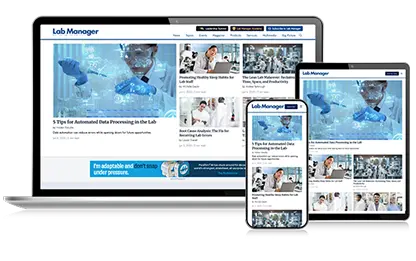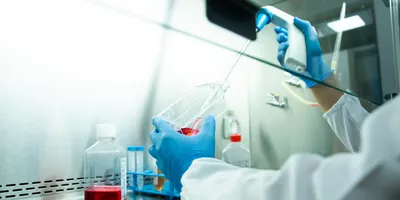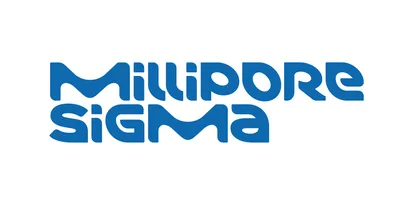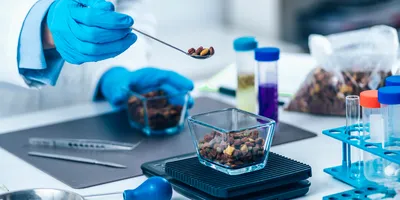Gas chromatography requires handling compressed gases (nitrogen, hydrogen, argon, helium), and flammable and toxic chemicals. Consult product MSDSs before using such hazardous products. Specific precautions for working with gas chromatographs include:
1. Perform periodic visual inspections and pressure leak tests of the sampling system plumbing, fittings and valves.
2. Follow the manufacturer's instructions when installing columns. Glass or fused capillary columns are fragile: handle them with care and wear safety glasses to protect eyes from flying particles while handling, cutting or installing capillary columns.
3. Turn off and allow heated areas such as the oven, inlet and detector, as well as connected hardware, to cool down before touching them.
4. To avoid electrical shock, turn off the instrument and disconnect the power cord at its receptacle whenever the access panel is removed.
5. Turn off the hydrogen gas supply at its source when changing columns or servicing the instrument.
6. When using hydrogen as fuel (flame ionization FID and nitrogen-phosphorus detectors NPD), ensure that a column or cap is connected to the inlet fitting whenever hydrogen is supplied to the instrument to avoid buildup of explosive hydrogen gas in the oven.
7. Measure hydrogen gas and air separately when determining gas flow rates.
8. Perform a radioactive leak test (wipe test) on electron capture detectors (ECDs) at least every 6 months for sources of 50MBq (1.35 mCi) or greater.
9. Ensure that the exhaust from (ECDs) is vented to the outside.
10. When performing split sampling, connect the split vent to an exhaust ventilation system or appropriate chemical trap if toxic materials are analyzed or hydrogen is used as the carrier gas.
11. Use only helium or nitrogen gas, never hydrogen, to condition a chemical trap.
Source: McGill University
Gas chromatography requires handling compressed gases (nitrogen, hydrogen, argon, helium), and flammable and toxic chemicals. Consult product MSDSs before using such hazardous products. Specific precautions for working with gas chromatographs include:
1. Perform periodic visual inspections and pressure leak tests of the sampling system plumbing, fittings and valves.
To continue reading this article, sign up for FREE to

Membership is FREE and provides you with instant access to eNewsletters, digital publications, article archives, and more.











